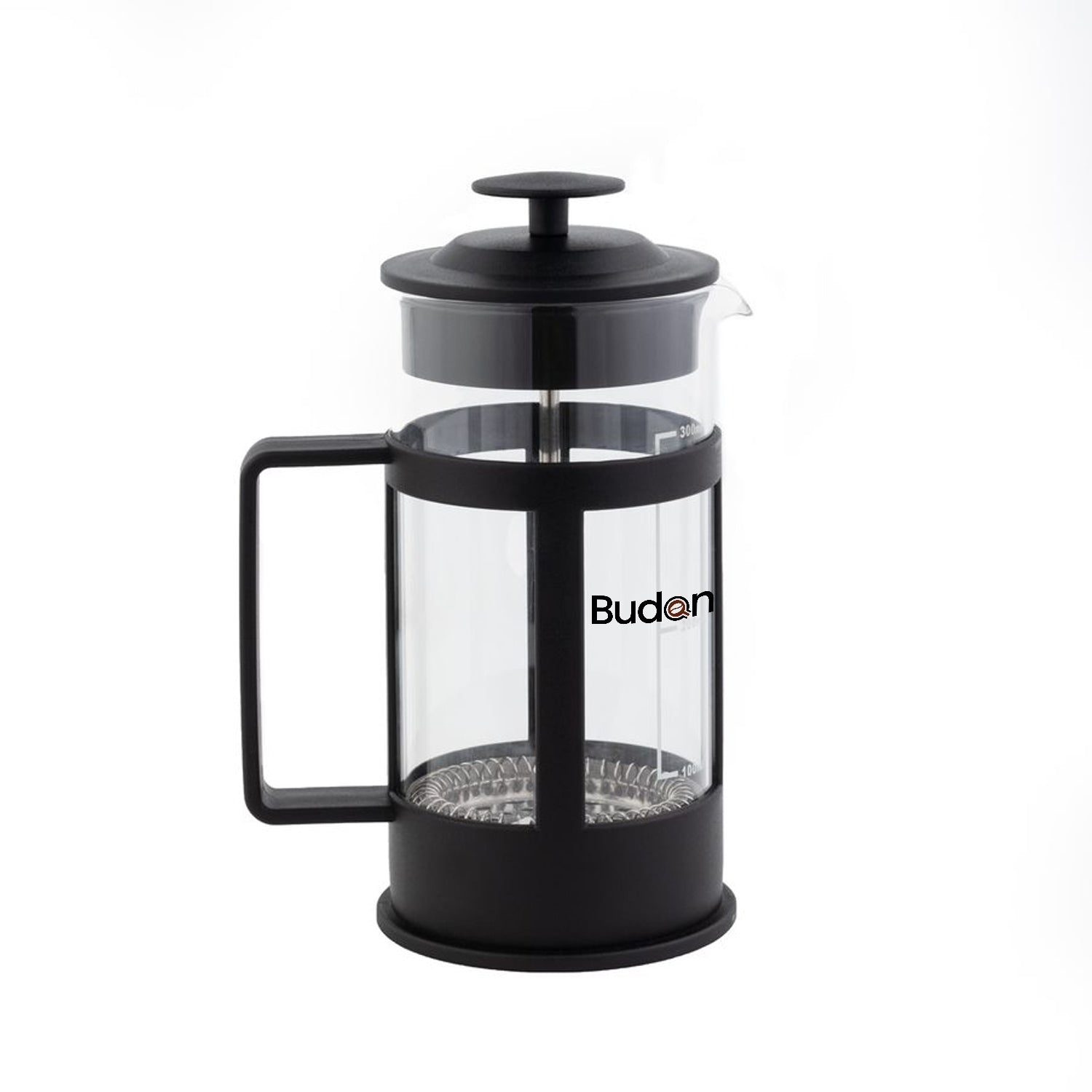Rich, velvety espresso may seem to belong only in the cafes. With the right espresso machine and some skills, you can pull excellent shots of espresso like a barista would.
To brew great-quality espresso with your machine, we will need to focus on three things - great beans, a reliable espresso machine and technique. In this guide for beginners, we will help you become proficient in the steps to brew the perfect espresso at the comfort of your home.
Step-by-Step Guide to Brewing Espresso at Home
Mastering the art of espresso-making will open up a whole new world of coffee adventures. After all, espresso forms the base for all café-style coffee including lattes, cappuccinos, macchiato and more.
Before we start with the steps to making delicious espressos, here are some brew parameters to remember:
- Roast Profile: Medium or Medium Dark Roast
- Grind Size: Fine (Espresso fine)
- Brewing Pressure: 9 to 12 bars
- Brew Time: 18 to 25 seconds
- Dosing: 16 - 18 grams
Step 1. Start with Freshly Ground Coffee Beans
First, we start by grinding the coffee beans to a fine grind size. A good-quality burr grinder will help complete the task.
Also, we recommend grinding it right before brewing to ensure your coffee is fresh.
Step 2. Pre-Heat and Prepare
To get the best out of it, we need to ensure the machine and the cups are pre-heated. This will help you make the best out of ground coffee. Here's how we can pre-heat each of them:
- Machine - Turn on the machine and let it heat up for about 5 to 7 minutes.
- Portafilter - Insert the portafilter in the group head and allow it to warm up.
- Cups - We can pre-heat the cups by simply placing them on the cup warmer on top of the machine. Alternatively, we can use hot water to bring up the cup's temperature.
If not pre-heated, the resulting espresso can become bitter and cold.
Note: We can place two cups on either side of the portafilter spout and serve them as two single shots (30 ml each). Or, we can place one cup in the center and serve as a double espresso shot (45 to 50 ml).
Step 3. Fill and Tamp the Coffee

Fill the portafilter with finely ground coffee. Then, distribute the coffee grounds evenly using a leveller followed by a tamper with slow but firm pressure. We need to make sure the surface is flat and even.
Step 4. Purge the Group Head
Turn the machine on, let a small amount of water through the group head and turn it off again. This will remove any debris or old coffee grounds.
Step 5. Fix the Portafilter and Start Extracting
Lock the portafilter to the group head securely and place an espresso cup under the portafilter spout. Press the start button and start the extraction process. Espresso will flow evenly out of the portafilter and into the cup.
Step 6. Enjoy Your Brew
Once the extraction is complete, you can remove the cup from the tray and enjoy your espresso. You can froth whole milk using the steamer and make yourself any of the milk-based coffee beverages.
As a closing step, we need to remove the portafilter, discard the used coffee grounds and wipe the portafilter with a dry cloth for the next use.
The first few attempts may not be perfect when you are new to this. However, by following the steps correctly and refining your technique with every attempt, you can brew excellent cups of espresso.
Some Pro Tips for Perfect Espresso

From grinding your coffee fresh to perfecting your tamping technique - we have some expert tips that will up your brew game a notch.
- Grind Your Coffee Fresh – Grinding coffee right before brewing ensures the coffee is fully packed with its original flavours.
- Weigh Your Coffee – Weighing your coffee beans before and after grinding is important since it ensures you are feeding the right amount of coffee in your portafilter.
- Tamping & Levelling Evenly – Tamping consistently will ensure water flows through the ground coffee thoroughly and extract evenly. This way, you can be sure that the resulting espresso is creamy and consistent.
- Rinse Your Group Head - Group head usually carries residue from previous brewing, and it can leave bitter and stale flavours in your brew. Rinsing the group head, otherwise known as deflushing helps clear off all the residues.
- Insert the Portafilter & Start Brewing Immediately - If we do not start brewing immediately after inserting the portafilter, the coffee can taste bitter. It is because the group head may be hot which will burn the surface of the coffee puck.
- Beware of the Brew Time - Espresso extracted in less time can be more acidic. On the other hand, espresso extracted for longer time can turn out to be bitter. Therefore, it is important to pay attention to the brew time.
Closing Lines
Initially, brewing espresso may not always go your way. Chances are that the resulting brew might turn watery, bitter or both. That is until we approach the brewing process one step at a time.
With the right approach and patience, you can unlock the full potential of your espresso machine and brew like a barista.
























